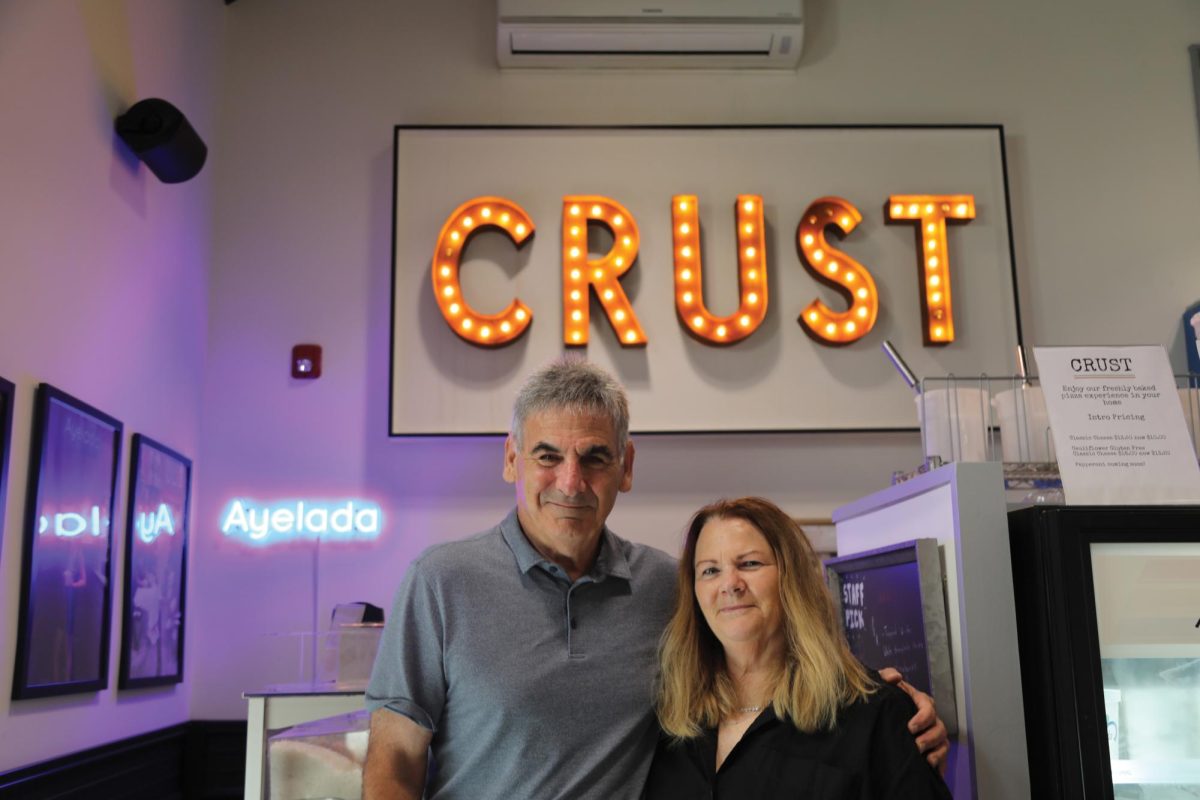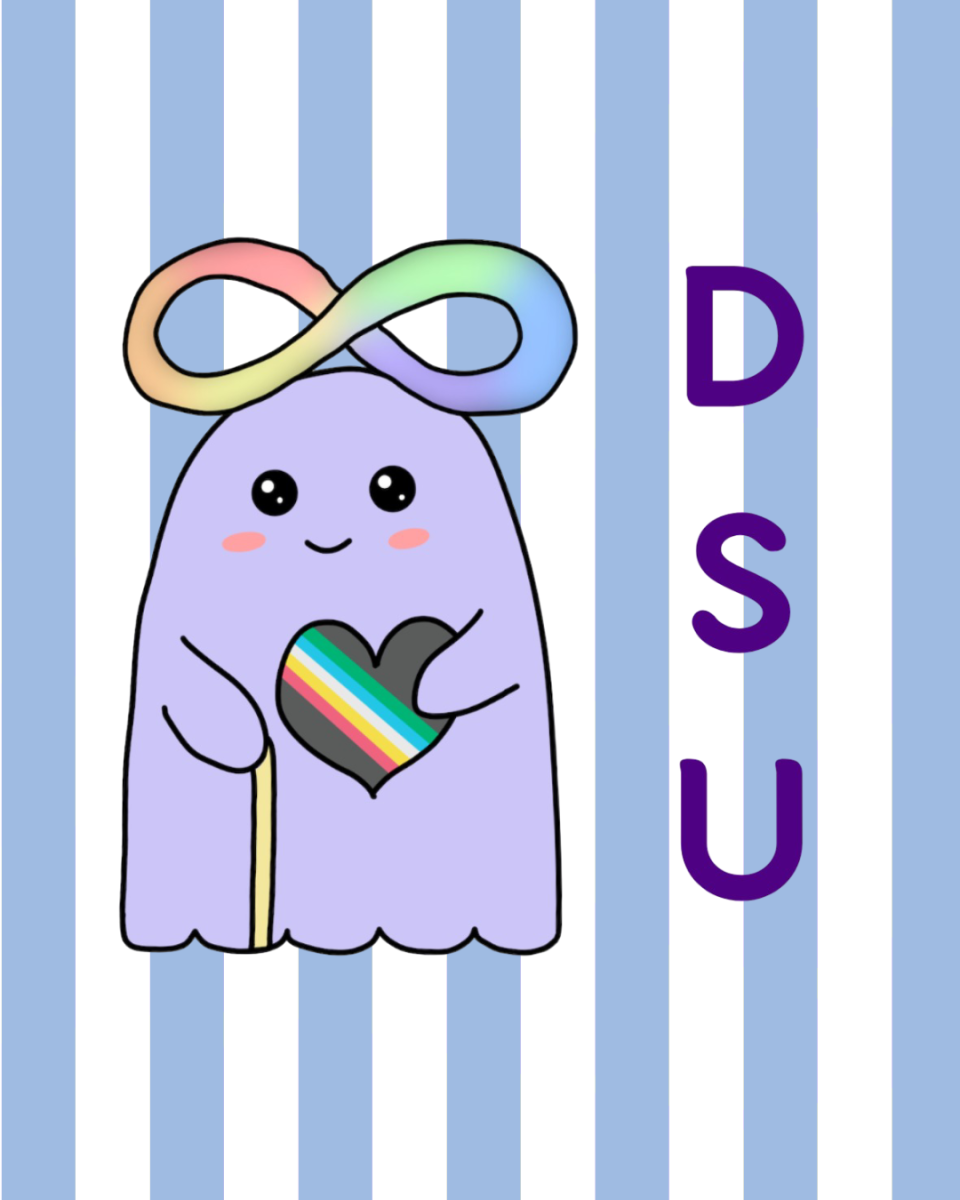In preparation for the National Restaurant Association’s annual sanitation certification test, three students used Winter Study to create and teach a food safety curriculum for dining services staff, increasing the pass rate at the College from 42 percent to 100 percent. The curriculum was implemented by Katrina Wheelan ’21, Josh Reynolds ’21 and Sam Jocas ’21 in conjunction with ServSafe, a food and beverage safety training and certificate program administered by the National Restaurant Association.
The goals of the program include covering basic food safety concepts, protecting against foodborne illness outbreaks, minimizing liability risks and meeting state and local regulatory requirements. The College has taken part in the American National Standards Institute and Conference for Food Protection’s accredited program since 2002, but the certification process has become more difficult in recent years.
Sharon Marceau, assistant to the director and systems coordinator of dining services, gave insight into some of the problems dining services staff face. “Those who had difficulty with the test expressed a need for help improving both their comprehension and retention of the certification information,” she said. “One of the critical areas in which this program has become more challenging in recent years has to do with the rise of student food allergies and sensitivities to which we must respond… The test also covers a broader range of general kitchen knowledge, expanding well past the experience and responsibilities of many staff.”
In response to the increased difficulty, dining services management collaborated with students involved in Williams Recovery of All Perishable Surplus (WRAPS) and the Center for Learning in Action (CLiA) to develop new guides for the material. “Drawing on general curriculum development resources from CLiA and specific ones from Campus Kitchen, they developed some learning tools and handouts for use in the workshops,” Marceau added. “This supplementary training led up to a retake of the test on Jan. 24. Results of this retake session [saw] a 100 percent success rate!”
Wheelan described the various ways in which the students’ efforts addressed specific obstacles standing in the way of dining service staff’s success. “The exam was offered previously in the beginning of the fall, after a summer break and without paid time to review the material. I think that [paid] review sessions and access to study guides helped with pass rates,” she said. “Another barrier was language. For this exam, a Spanish version of the test was also available.”
Meanwhile, some problems stemmed from inconsistencies between national standards and those adopted at the College. “The exam is also difficult because it is a national exam that captures the broadest food safety regulations,” Wheelan said. “Many of these regulations are superseded by more rigorous local and Williams-specific food safety rules, so parts of the exam required memorizing numbers … that differ from what Williams does in practice.”
Wheelan attributed the impressive results to contributions from all sides. “The program success was a shared effort; the high pass rate came from hard work on the part of dining staff, effective collaboration and the test administrator who reviewed the material before the exam,” she said. “I also think that a big factor was having paid time for dining staff to study the content of the exam. This was possible because of a grant co-written by CLiA and dining services.”
Wheelan and Reynolds also took the test alongside dining services staff. “Being certified not only promotes healthy thinking in the kitchen, but it can also lead to career benefits including raises or management positions for food service workers,” she said. “Josh and I were interested in working with dining staff in part because we are leaders for WRAPS, so we often work with food in the kitchens.”
Looking ahead, dining services aims to incorporate the training into the curriculum alongside ServSafe. In the future, the goal is to “give employees the opportunity to come together in a group setting, and to be taught by those who successfully completed the program, paying it forward,” Marceau said.








